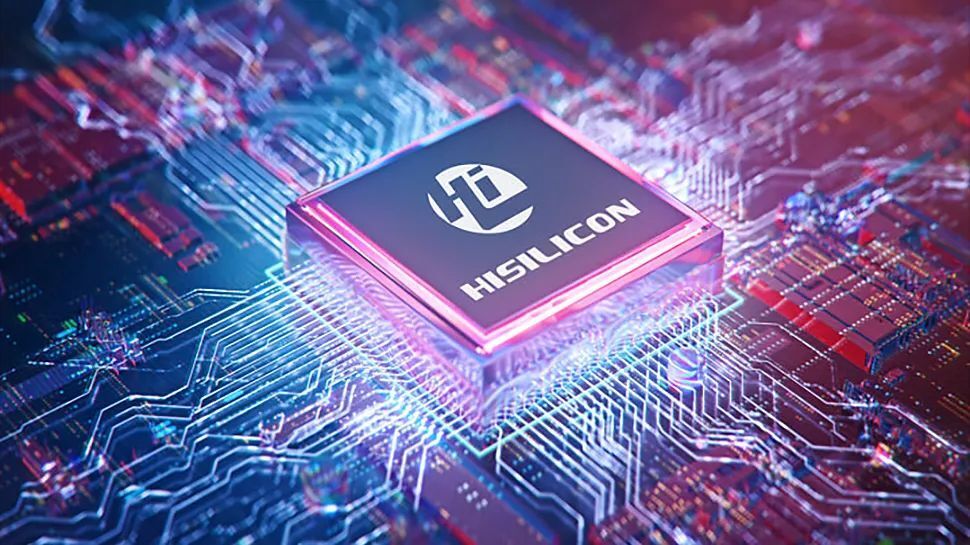One person like that
1 Shares

The technology blogs and "experts" are all in shock, because they had no idea what China was able to produce such advanced SoC like "Huawei's HiSilicon Kirin 9000S" that is powering the company's flagship mobile phone P60 Pro.
Ever since the US started the campaign to sanction and boycott Huawei a few years ago, the company has turned away from using American based products and any technology that could be controlled by the American/Western sanctions.
The impressive (yet not so fast with today's levels) SoC is nothing but a wake up call for the western companies dominating the #CPU, #GPU and #SoC market, from #Intel, to #AMD, #NVidia and of course #Qualcum.
The technology war that the US started, is not going to end well when China manages to create even more efficient and powerful CPUs to power not only expensive mobile phones, but also mid range and low cost ones as well as tablets and ultra portable tablets.
The treatment of #Russia after the War in #Ukraine and how the whole western world tried to isolate and corner Russia was a wake up call for China in so many fronts, and they seems to be making giant leaps rather than baby steps.
Huawei's HiSilicon Kirin 9000S looks to be a quite complex SoC packing four high-performance cores (one at up to 2.62 GHz and two at up to 2,150 MHz) and four energy-efficient cores (up to 1,530 MHz) based on the company's own TaiShan microarchitecture (which still looks to be found on the Armv8a ISA ) as well as the Maleoon 910 graphics processing unit operating at up to 750 MHz, based on screenshots by Huawei Central. CPU and GPU cores run at relatively low clocks compared to frequencies of Arm's cores featured in previous generations of HiSilicon's SoCs.
But low frequencies can be explained by the fact that SMIC makes the new SoC on its unannounced 2nd generation 7nm fabrication process, which could be a breakthrough for #SMIC, Huawei, and China's high-tech industry. Although TechInsights calls this fabrication technology SMIC's 2nd generation production node, state-controlled Global Times claims that China's foundry champion uses its 5nm-class manufacturing technology to make the SoC. But these two names seem to describe the same thing, which was once known as SMIC's N+2.
#Technology #SoC #Huawei #7nmTechnlogy #ChipManufacturing #China #US #Politics #Economy
https://www.tomshardware.com/news/huaweis-new-mystery-7nm-chip-from-chinese-fab-defies-us-sanctions
A hacker's view at commercial drone security
We'll take a look at how #DJI - dominating player for commercial and recreational #drones - builds their #software, specifically from a #security angle.
This talk will discuss DJI #drones, most specifically the DJI #Mini-series; looking at the #hardware, discussing attack angles, up to a full #compromise of a current #drone for custom firmware purposes.
Along the way, we'll look at a lot of security WTFs that allow to pwn these devices. The amount and quality of bugs sometimes feel like you're trapped in a very cool hardware CTF.
We'll go from #sniffing hardware busses, making fun of incorrect usage of #SoC security features over to how DJI consistently and knowingly violates the GPL, into executing custom code on the flight controller and Linux system.
source: https://www.theregister.com/2022/02/28/pi_at_10/
As for the future, a Raspberry Pi 5 is inevitable but, in a blow to those hoping for something even more exotic in the usually #Broadcom Arm #SoC, RISC-V isn't on the cards, certainly not in the timeframe for the next generation of Pi. "I can't go out today and license a RISC-V core," says Upton, citing the current state of the ecosystem, "which is even as good as the core of the Raspberry Pi 4."
...
The implosion of the #Nvidia / #Arm deal has also reduced the chances of a RISC-V Pi (in the 2030 timeframe), down from 20 per cent to 10 per cent, according to #Upton.
#hardware #news #opensource #freedom #economy #interview #cpu #gpu
I have this #Odroiud-XU4 that is taking dust, I'd like to revitalize it as local VNC server.
I'd like to use the best OS available to squeeze up all the computational power you can get off from it.
#linux #netbsd #opensource #freesoftware #arm #soc #hardkernel #odroid